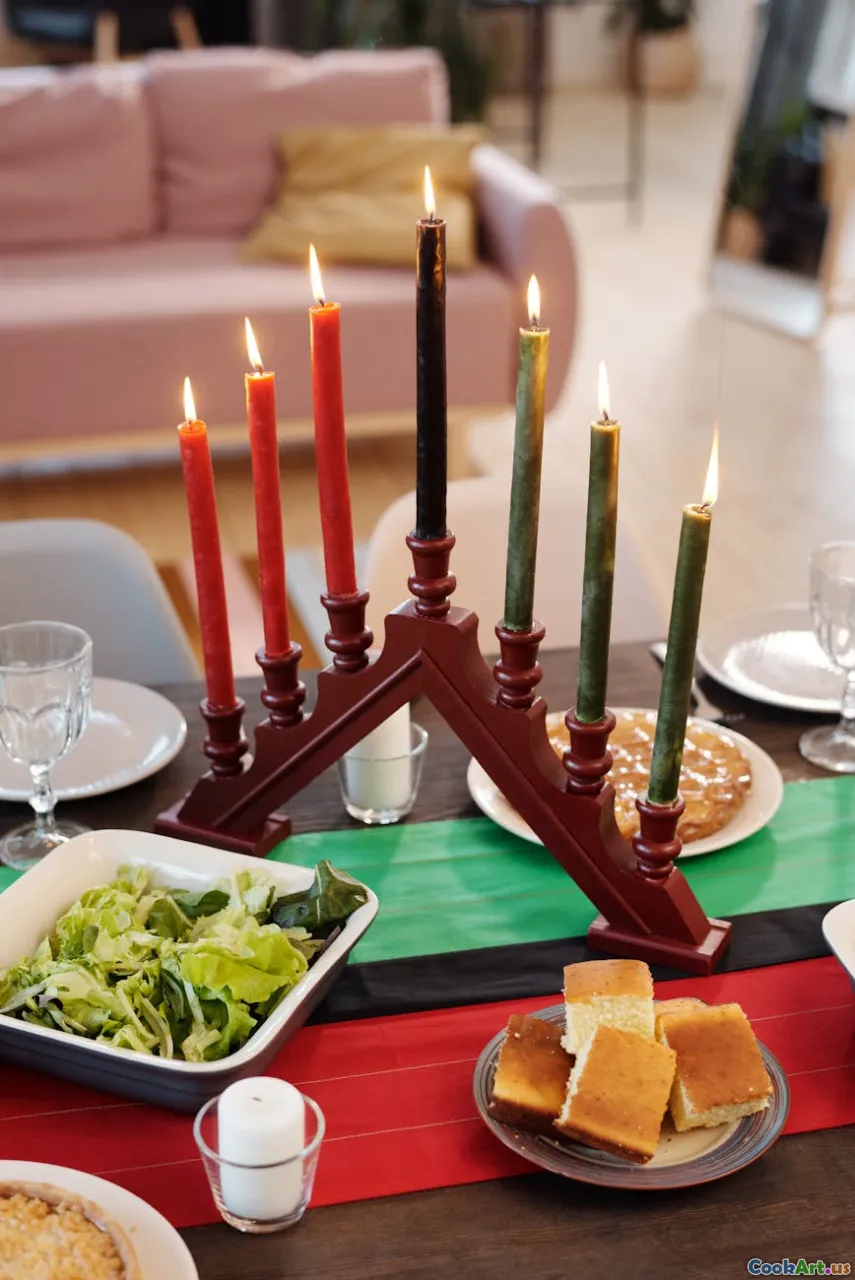A Guide to Serbian Festive Foods and Their Significance
7 min read Discover the rich tapestry of Serbian festive foods, their cultural significance, and the stories behind these cherished culinary traditions. April 30, 2025 16:55
A Guide to Serbian Festive Foods and Their Significance
Serbia, a land where history, tradition, and hospitality intertwine, boasts a culinary landscape deeply rooted in its cultural fabric. During festive seasons — from religious holidays to national celebrations — Serbian tables become vibrant showcases of history, faith, and communal identity. These foods are more than just sustenance; they are expressions of collective memory, spiritual devotion, and the warmth of gathering loved ones.
The Heartbeat of Serbian Festive Cuisine
Imagine a table laden with golden, flaky layers of pogača, fragrant roasted meats, aromatic stews, and sweet, honey-glazed pastries. The air is thick with the scent of fresh bread, sizzling meat, and spices. Each dish tells a story — of ancestors who meticulously prepared recipes passed down through generations, of religious rites, and of the joy of communal celebration.
In Serbia, festive foods are woven into the fabric of life, marking milestones such as Orthodox Christian holidays, weddings, and national festivities. They serve as symbols of faith, prosperity, and unity, each with its own historical and cultural significance.
Traditional Serbian Festive Foods and Their Cultural Significance
1.Slava and the Sacred TableThe Serbian Orthodox tradition of Slava — a family feast commemorating a patron saint — is perhaps the most iconic example of culinary celebration. During Slava, the table becomes a sacred space, decorated with icons and adorned with special foods.Kolač and Česnica: A special bread called česnica is baked for the occasion, often with a coin hidden inside. Breaking the česnica symbolizes unity and prosperity. The kolač, sweet bread sprinkled with walnuts, is a centerpiece, representing abundance.Ritual Foods: Other staples include roasted lamb or pork, symbolizing sacrifice and blessing, alongside honey and wine — offerings to the saints.
2.Christmas and Easter DelightsFestive seasons like Christmas (Božić) and Easter (Uskrs) feature foods that blend religious symbolism with culinary artistry.Božić Bread and Pastries: The česnica bread, often decorated with motifs, is central during Christmas. It’s shared among family members, symbolizing unity and blessing.Easter Bread (Pinca): A sweet, aromatic bread infused with lemon zest and decorated with a cross, symbolizing resurrection and renewal.
Lamb and Egg Dishes: Roast lamb is a staple, representing Christ’s sacrifice, accompanied by colored eggs, which symbolize rebirth.
3. The Feast of Saint George and Other Patron Saints
Celebrations of saints’ days often involve hearty, communal meals. Roasted meats, especially lamb or veal, are common, served with fresh salads and traditional ajvar — a smoky red pepper spread.
4.National Celebrations and Harvest FestivalsDuring harvest festivals, such as the grape harvest (Vranac), foods emphasize abundance.Wine and Rakija: Local wines and rakija (fruit brandy) are central, often homemade, reflecting local terroirs.Gibanica and Sarma: Savory pies like gibanica (cheese and egg layered pastry) and stuffed cabbage rolls (sarma) are staples, symbolizing hospitality.
Sensory Experiences: Taste, Aroma, and Texture
Serbian festive foods are a symphony of sensory delights:
- Taste: The balance of savory, sweet, spicy, and sour creates a complex flavor palette.
- Aroma: Slow-roasted meats, freshly baked bread, and fragrant herbs fill the air, evoking warmth and anticipation.
- Texture: Crispy pastry, tender meats, and smooth spreads create a delightful contrast, engaging every sense.
Personal Reflections and Stories
Having traveled through Serbia during festive seasons, I recall the overwhelming generosity and the meticulous preparation that goes into these dishes. I remember the aroma of pečenje (roast pig), seasoned with garlic and paprika, filling the air during a village celebration. Sharing slava with local families, I felt an unspoken bond — a living testament to the enduring power of food to unite.
Techniques and Ingredients: The Heart of Serbian Festive Cooking
Serbian festive foods rely on time-honored techniques:
- Slow roasting: For meats like lamb and pig, ensuring tenderness and flavor.
- Fermentation: Used in preparing kajmak (dairy spread) and sirenje (fermented cheeses).
- Baking: In wooden ovens for breads and pastries.
- Pickling and preserving: Fruits and vegetables are preserved to ensure year-round availability.
Key ingredients include fresh herbs (dill, parsley, bay leaves), spices (paprika, black pepper), and local products like kajmak, honey, and nuts.
Celebrating Serbian Food Culture
Serbian festive foods are more than just dishes; they are a living narrative of faith, history, and community. Preparing and sharing these foods connects generations, keeps traditions alive, and reinforces a sense of identity.
Whether it’s the solemnity of Slava, the joy of Easter, or the communal spirit of harvest festivals, each meal embodies a story worth savoring.
Conclusion
In Serbian culture, food is a sacred language of celebration and remembrance. These festive foods, steeped in tradition and rich in flavor, offer a delicious gateway into the soul of Serbia. They remind us that at the heart of every celebration lies the warmth of shared stories, laughter, and a table filled with love.
Next time you taste a slice of pogača or sip on rakija, remember — you’re tasting centuries of history, faith, and community. Embrace these flavors and let them inspire your own culinary journey into Serbian heritage.









